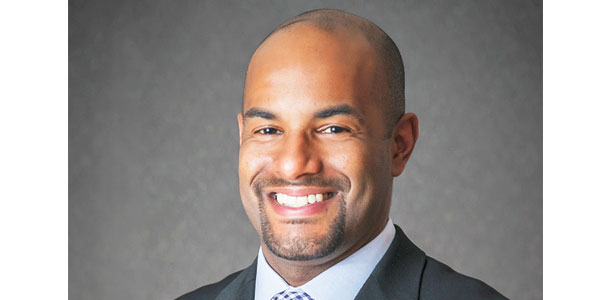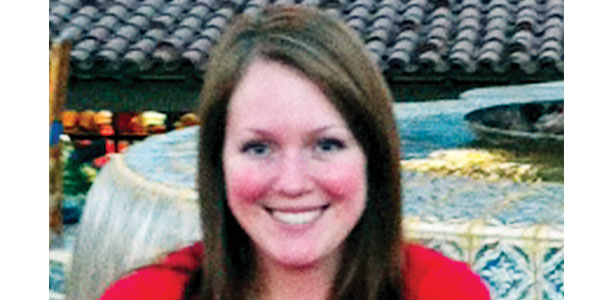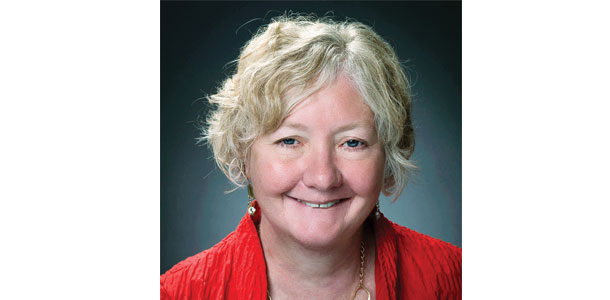On average, folks in our profession are 57 years old. As ranching pros consider retirement or passing on their businesses, financial realities start to hit home.
Ranchers aren’t unlike their baby boomer counterparts. A survey by the National Association of Personal Financial Advisers (NAPFA) shows that 41 percent of this demographic don’t have a will and 39 percent have no retirement savings.
What’s more, 23 percent of them aren’t confident they’ll have a comfortable retirement. This means it’s time to strengthen financial and life plans for middle age to older folks and for younger ones to plan well, starting now.
Starting early is the top recommendation financial and family life specialists share about financial planning and determining how family members will be cared for in later years.

Jim Aylward
senior vice president of development
Frontier Farm Credit
Manhattan, Kansas.
“Things change very quickly in agriculture now,” says Jim Aylward, senior vice president of development with Frontier Farm Credit, Manhattan, Kansas. “The amount of changes we used to experience in five years takes just one year today.
“That’s just one reason to start on a financial plan as early as possible,” Aylward adds. “Even the youngest operators need a plan for the future.”
That process doesn’t have to overwhelm. It involves determining what’s important to your family members, their goals and what they want to achieve.
It also means understanding that what determines success to you may not be success to your neighbor or others.

Geoffrey Brown
CEO National Association of Professional Financial Advisers
Arlington Heights, Illinois
Geoffrey Brown, CEO of NAPFA in Arlington Heights, Illinois, says planning should be ongoing and include risk management, income tax planning, estate planning, retirement planning, education fund planning if children are involved and investment planning, cash and debt management, to name a few items.
Setting goals is key.
“It’s very easy to put money in stocks, have some insurance coverage and a savings account, but if I don’t know what I’m working toward, I can’t know if I’m doing the right things or have the right mix of tools,” Brown says.
“Goal setting gives you a sense of what you’re working toward; then you can articulate a path toward reaching those goals.”

Laurynn Olson
graduate student
family and human development
Montana State University
One way to make goals work is to formally assemble them.
“Our customers who are successful at financial planning get things on paper. They talk about goals and how they’re going to reach them,” Aylward says.
“For some, goals may include being out of debt by a certain age. For others, it may be to allocate a predictable income that’s payable to the owners.
“Those who do well at this work at it. They stick with the plan and treat it as a work in progress,” he adds. “They collaborate well with experts, whether it’s their lender, broker, accountant, veterinarian, crop adviser or others.”
Aylward and Brown agree that ongoing planning should involve all stakeholders, especially when an operation is shared by several generations.
“When you have multi-generational operations or multiple parties involved, it’s important to understand everybody’s desires,” Aylward says.
“We support good communication. A lot of times, you’ll need an outside party to facilitate that communication. The outside perspective is a sound investment, and without good communication, many details get left undone.”
Finding an outside viewpoint should be like a search for any professional. Brown says a referral from an attorney, doctor or family friend is best.
“Understand who your adviser works for, how he’s compensated and whether he’s worked with someone you know,” Brown says. “Realize these are serious conversations with potential for great benefit in the long run.”
A list of what financial planners can help with is available on the NAPFA website.
No matter where you are in life, it’s never too late to start, Brown and Aylward say. The important thing is to start now.
More than money
Getting financial affairs in order makes our later years less worrisome, Aylward says. So does understanding what happens as we age.
Luci Bearon, adult development and aging specialist for the North Carolina Extension Service, says like financial planning, preparing to grow older is best done on an individual basis.
“Along with our goals and basic values, we have to realize that we’re in a time of social change and people have never lived this long,” Bearon says. “We have to open our minds to new situations and prepare in advance as much as we can, but still be adaptable to change.
“We tend to overestimate how fast things go downhill,” she adds. “Changes in mental status tend to be gradual. A lot can be done to maintain or improve one’s mental well-being. To think of later life as largely negative is contrary to what research shows.”

Sandra Bailey
extension specialist,
family and human development
Montana State University
Aging presents challenges, especially for caregivers, says Sandra Bailey, professor and extension specialist in family and human development at Montana State University, Bozeman, Montana.
“Adult children often take care of parents,” she says. “Older adults often still live in their homes with a spouse or partner. Most don’t move into nursing homes until they’re 85 or older.
“In rural areas, home health care may not have great reach, but people can turn to extension for help,” Bailey says. “Churches, neighbors and nursing homes can often refer someone to caregivers other than children.”
Whatever the source, getting good care requires planning, she and graduate student Laurynn Olson stress.
“Care in our later years is important to discuss as a family because caregiving can end up where one sibling gets the majority of the responsibility,” Olson says.
“Discuss where you want to be – in a nursing home, assisted living or elsewhere. This should be an ongoing discussion that begins when the last child moves out of the house.”
These talks should include financial details, shared responsibilities, logistics, caregiver self-care, end-of-life decisions and sharing of non-titled property.
To address the latter, Bailey recommends the publication, Who Gets Grandma’s Yellow Pie Plate?
Another helpful tool is the document Prepare to Care: A Caregiving Guide for Families.
Start your plan now – or enhance an existing one – and you can be assured you’ll be part of the 61 percent of the population with retirement savings and a plan for long-term care. ![]()
Rick Purnell is a freelance writer based in California.






